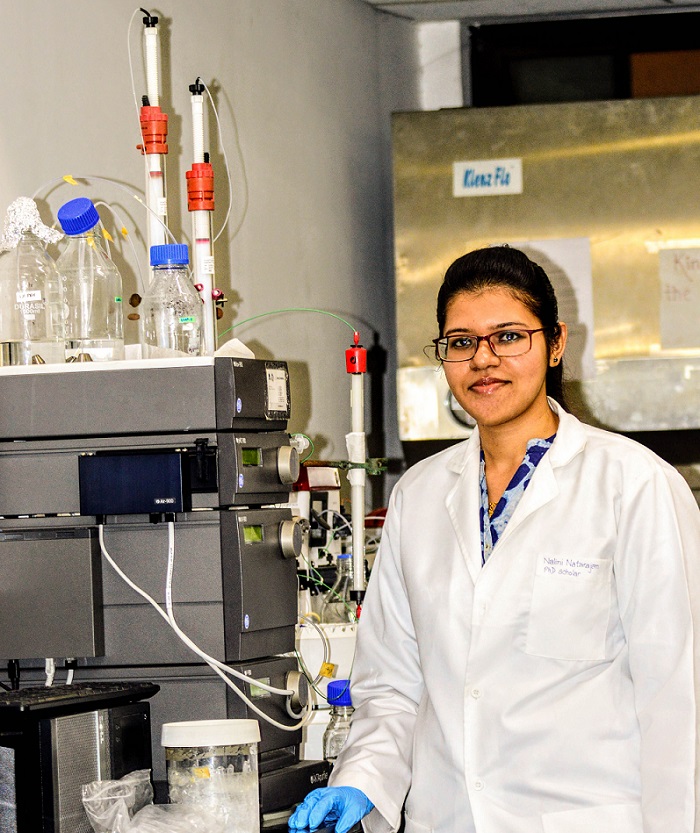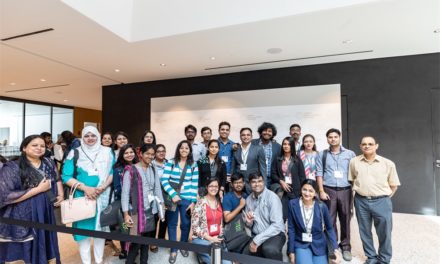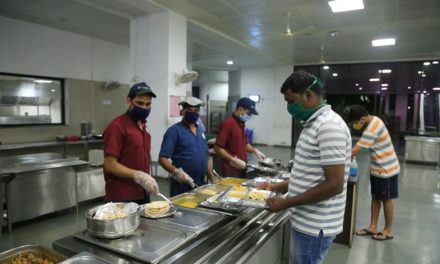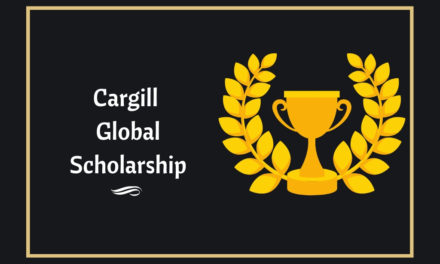
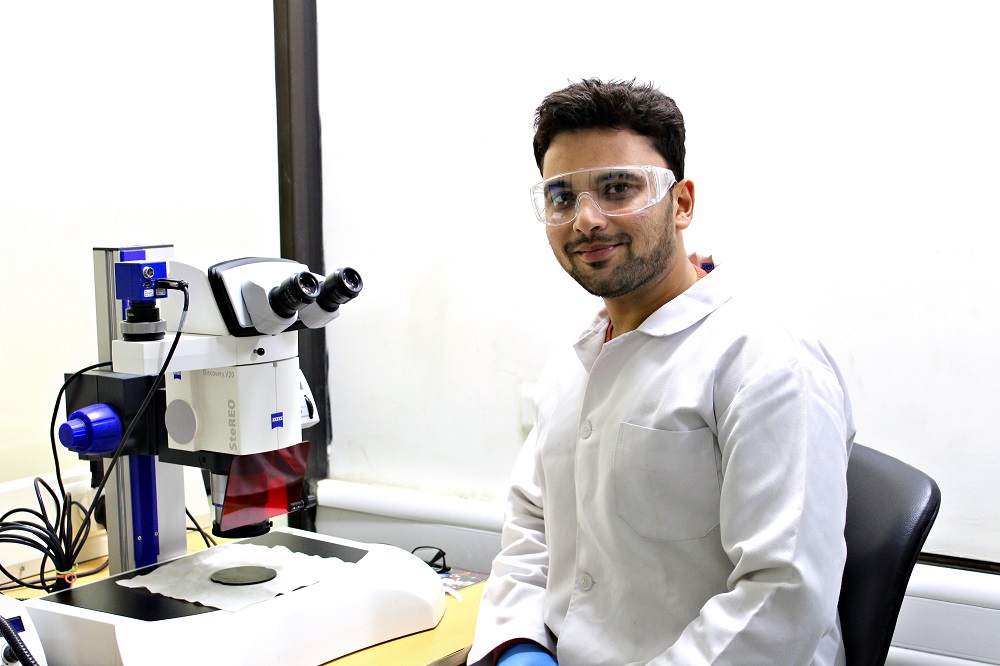
Siddhant Bhoir, under the supervision of Prof Sivapriya Kirubakaran, is focussing on the chemical biology of a cancer-related protein – the Human Tousled-like kinase (TLK1) – involved in the DNA damage response pathway. TLKs belong to the category of protein kinases which are not explored much as molecular targets for anticancer therapy.
Preliminary studies have shown great potential and interesting results on this kinase. To broaden the scope of his research further, Siddhant intends to work on the cell biology of TLKs at the Louisiana State University.
Siddhant hopes that the successful completion of this cutting-edge collaborative project would help develop better treatments for cancer, with fewer side effects and enhanced survival rates.
The other student, Nalini Natarajan, is also a research scholar of the Biological Engineering department. She has been working on her research since 2014, under the supervision of Prof Vijay Thiruvenkatam.
Nalini has worked on structural elucidation of proteins using X-ray crystallography. (X-ray crystallography is a technique used for determining the atomic and molecular structure of a crystal, in which the crystalline atoms cause a beam of incident X-rays to diffract into many specific directions. By measuring the angles and intensities of these diffracted beams, a crystallographer can produce a three-dimensional picture of the density of electrons within the crystal. From this electron density, the mean positions of the atoms in the crystal can be determined, as well as their chemical bonds, their disorder, and various other information. Source: Wikipedia)
Nalini has also worked on human proteins viz. hamartin (TSC1) and tuberin (TSC2) which are a part of the Tuberous Sclerosis Complex (TSC). They are known to play a significant role in several cellular signalling pathways. Mutations in these genes are known to lead to severe neurological disorders as well as various types of cancers.
In her research, Nalini is trying to understand the mechanism of interaction of these proteins at the molecular level.
